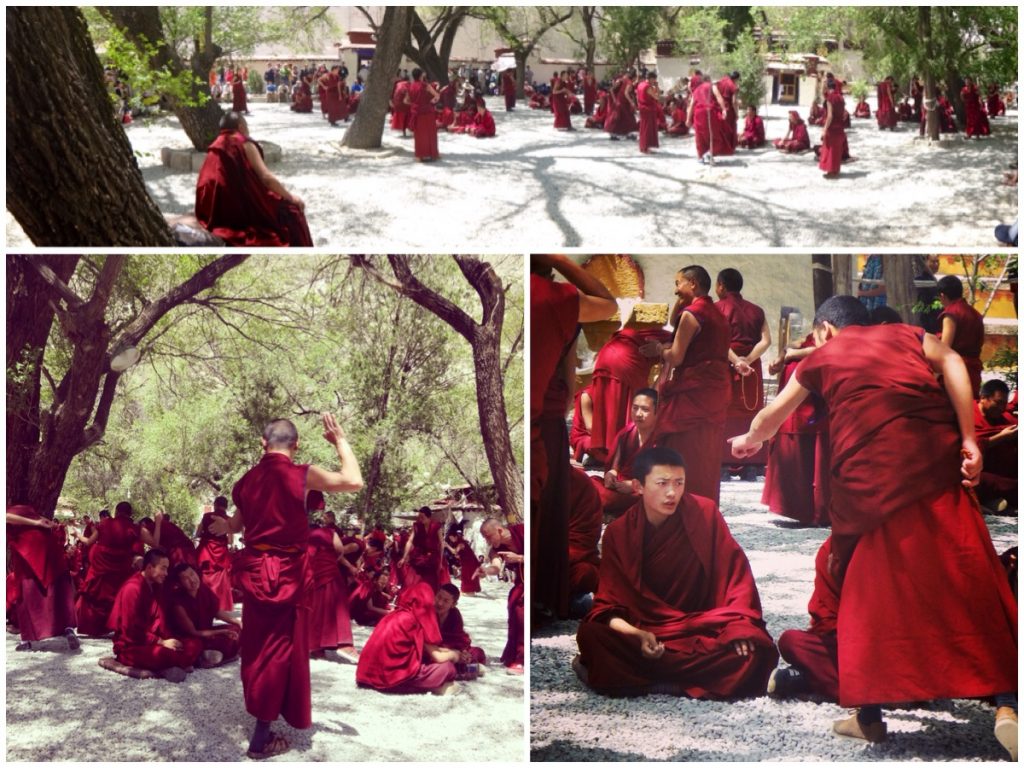
“Culture doesn’t live in our monuments or artworks, it breathes in our practices and rites from generations past.
With the rapid ascent towards globalization, among these, how many traditions can we expect to last?”
Where once roamed over 5,000 monks in the early half of the 20th century, this square is now spare with only around 300 monks currently residing at the Sera Monastery. The 1959 Tibetan uprising against the Communist government left hundreds dead and the monastery almost beyond repair.
Yet, traditions must continue. The Sera Monastery is notable because the monks here participate in lively debate in the courtyard, as they slap their hands together and stomp their feet to make their point. They pose questions to each other and defend their arguments, each physical gesture signifying a specific point according to their rules of engagement. It was fascinating to observe, with the sheer ferocity in which they debated giving you pause.
In terms of the above figures I just cited, they are debatable, as I’ve looked online and read different numbers (I’m providing the figures my tour guide gave me). Regardless, it’s obvious that the adherents to the traditions here in Tibet are dwindling.
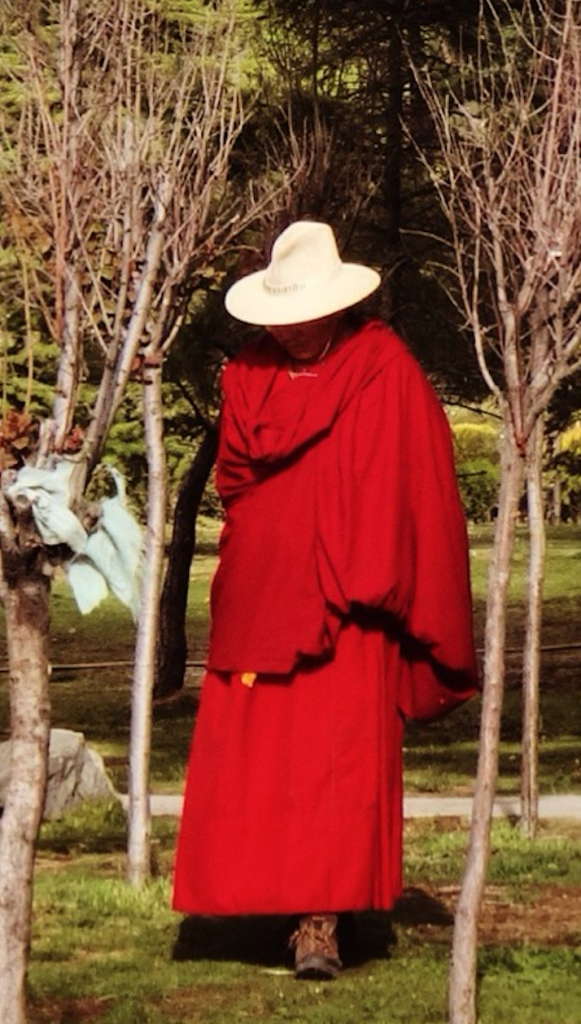
To provide context in terms of how I journeyed here, Tibet is one of the few destinations in which I had to plan for in advance, simply because one cannot travel here otherwise. I had to book a trip through a Chinese-approved travel agency to get a visa.
Hearing this, you might get the impression that your journey will be tightly regulated by the Chinese government. While that is true in some regards (as you can feel the ever-pervading presence of Chinese military and police), overall, I’d say it was less restrictive than I expected. Though your itinerary is regulated, daily life goes on and you are free to interact with whom you choose.
My guide, Dharma, was a Tibetan native in his early 30s and I wouldn’t say he was brainwashed by Chinese authorities to give us a sterilized view of Tibet. He had been jailed for a year as a result of his activism (for wearing a ‘Free Tibet’ shirt) and I enjoyed spending my nights chatting with him, while the rest of our tour group would go to bed.
When you picture a Tibetan, you have a certain image in your mind, right? Stereotypical in nature, wearing those red robes and living in solemn silence? That’s one thing traveling teaches me. Those stereotypes don’t hold true once you visit a country. People are much more similar across cultures than you ever expect. At night, Dharma would share his stories of dalliances with European tourists and about funny incidents such as when an Italian tourist invited him back to his hotel room and the man was naked.
We all have our way of earning a living, and it just happens that being a Tibetan tour guide is his.
In the daytime, Dharma kept it professional. Traveling with me for my nine-day stay were three European tourists and a Colombian. Small in number, we got to know each other well as the days passed.
One thing that struck me about being in Tibet is how advanced the infrastructure is. China is pumping billions of dollars into its development. So it’s a unique mixture of ancient temples and customs awash in new roads and buildings.
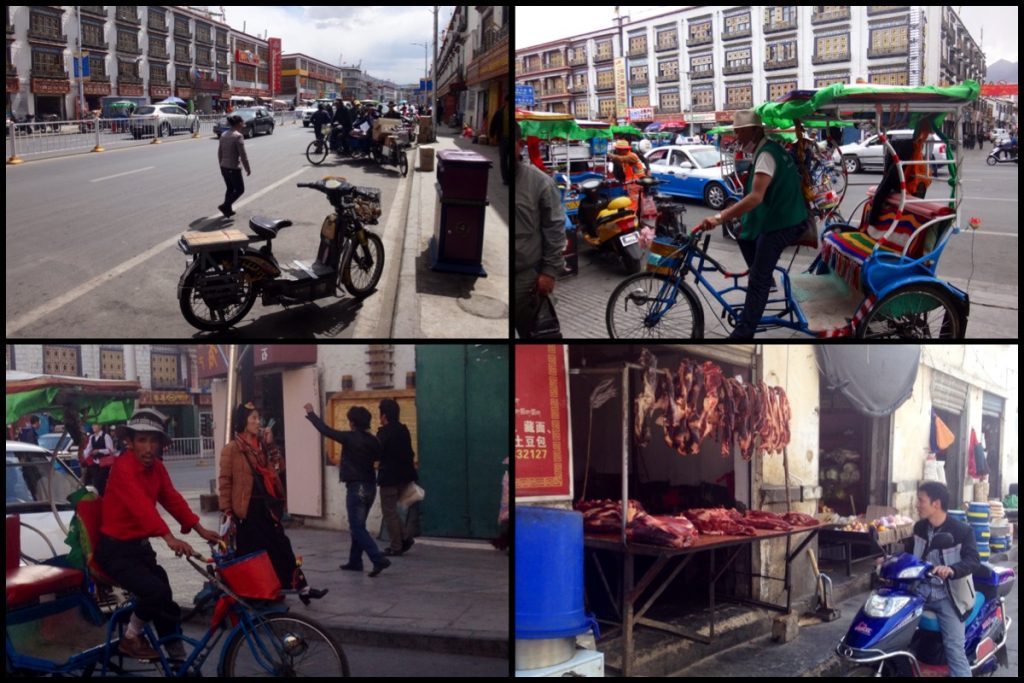
On my first day walking alone in the city, I came across Potala Palace. I had no idea it was so close to my hotel, being only a 15-minute walk away.

While strolling around its parameter for a couple hours, I saw Tibetans who would kneel in prayer as they made their way around it. This struck me as the most devoted action I have ever witnessed in my life — and what made it noteworthy was that they were dressed in everyday street clothes, not as monks. I spent about 10 minutes keeping my eye on two individuals in particular as they kneeled around the entire palace:
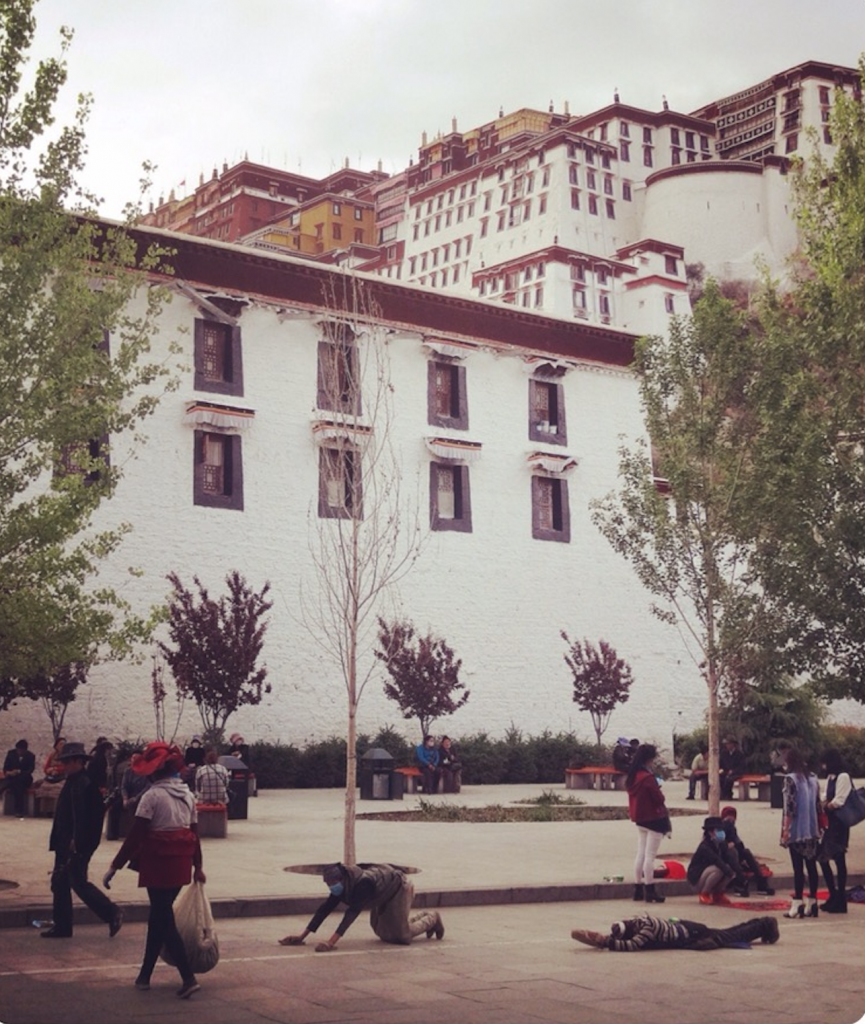
I couldn’t help but imagine, “What is going through their minds? And what was their childhood like? What beliefs and values do they hold that a foreigner like me will never be privy to?” I had just flown in from Nepal so it reminded me of the shamans at the funeral pyres of Pashputinath temple, some of whom make up to a 12-year vow of silence (https://nobleventures.net/nepali-shaman-a-vow-of-silence/)
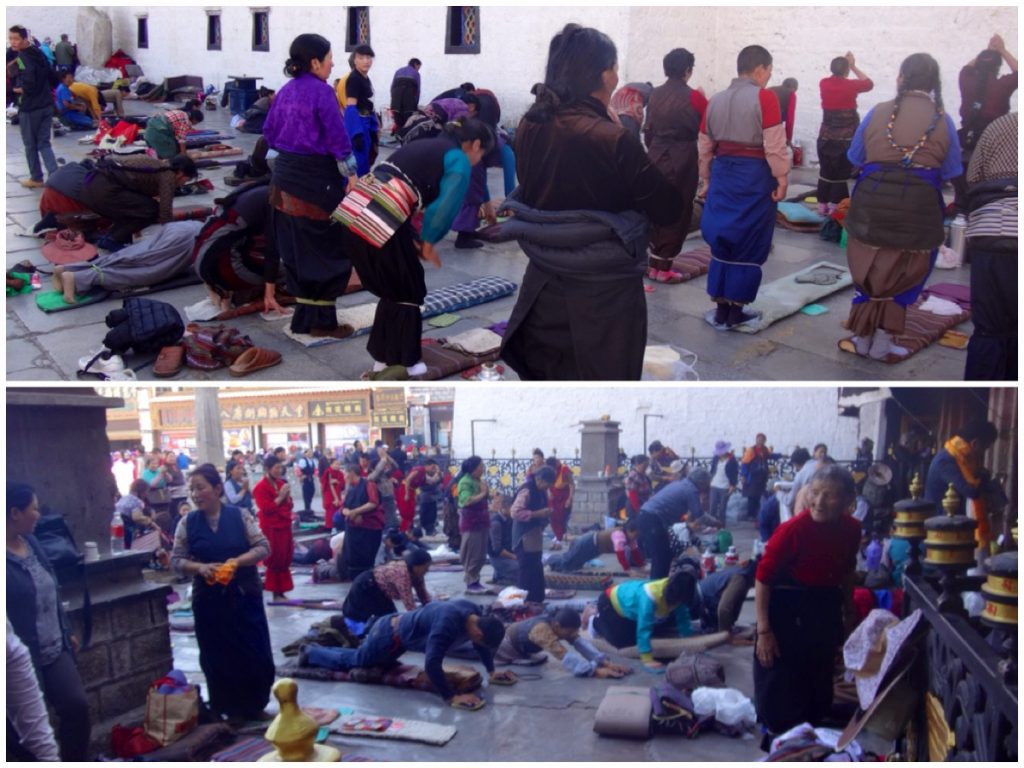
Human culture is absolutely fascinating.
So what does it look like inside these monasteries?
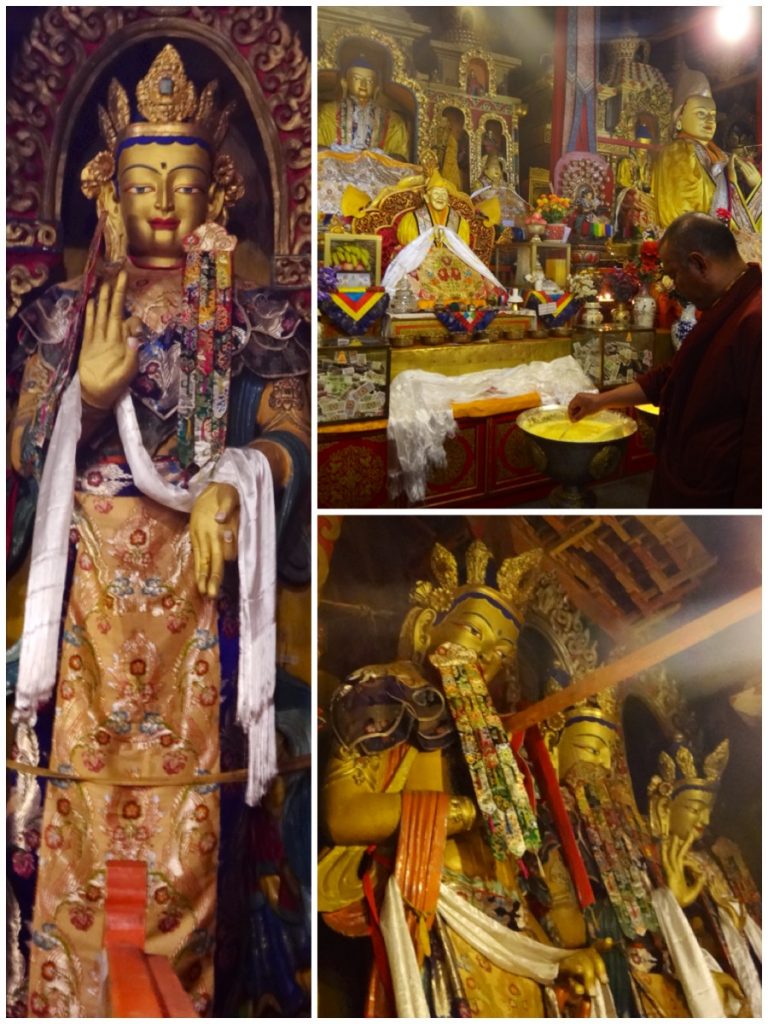
Here’s where the stereotypes somewhat ring true and you can kind of expect what you see, probably because these are the images of Tibet we’ve seen from travel channels or publications like National Geographic.
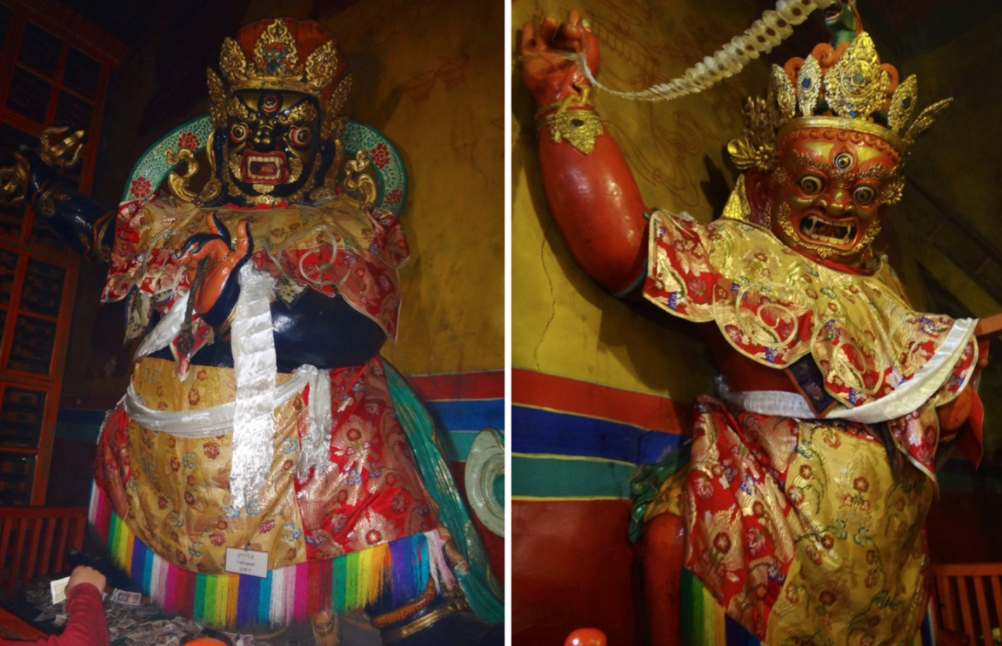
I preferred the pictures I took outside the monasteries because they provide a more human element to how life is here, whereas inside I felt the monks were more conscious of tourists taking pictures of them. Outside, you can see them on their breaks and more casual.
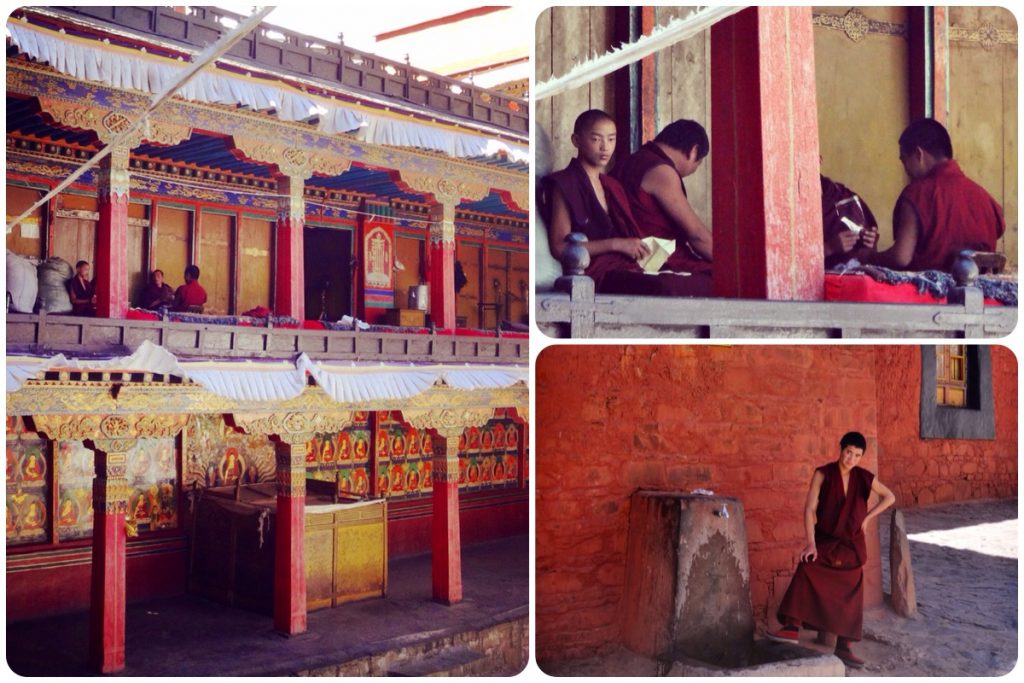
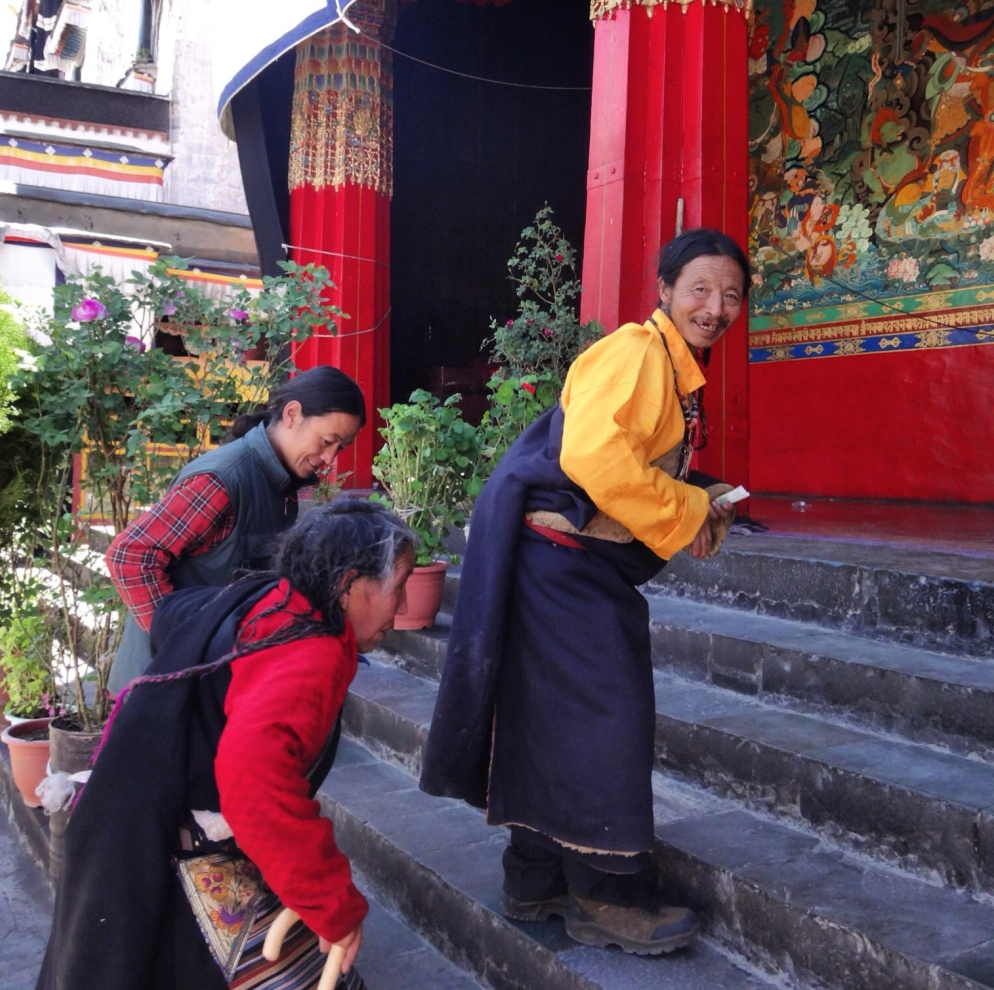
After a few days touring the monasteries in Lhasa, off we went on a road trip to see the more fun stuff, like Mount Everest and Karola Glacier. I feel Mt. Everest deserves its own entry so I’ll leave that for another time.

What left me fascinated about the interior of China is how vacant and raw its landscapes are.

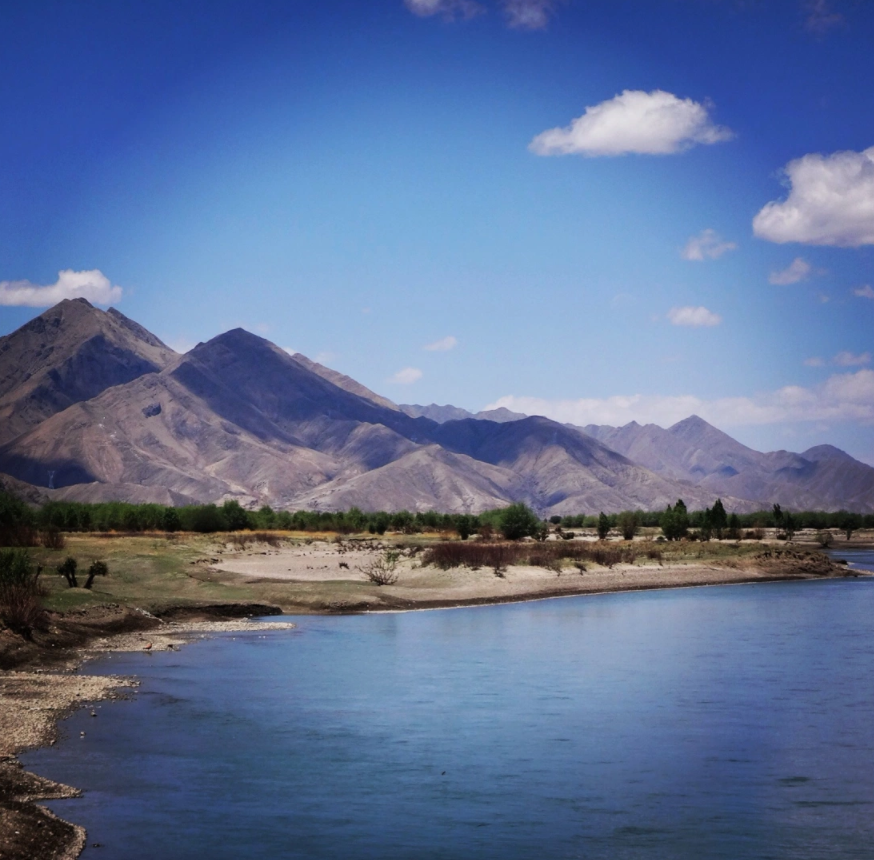
In terms of size, China’s landmass is slightly larger than the United States so you can imagine what geographical wonders exist within its borders.
And with such an array of ethnicities and cultures, one can only hope their traditions will last for several more generations to come.
In the meantime, you can buy trinkets from the vendors along the highways you come across. I picked up quite a few to give to my coworkers.
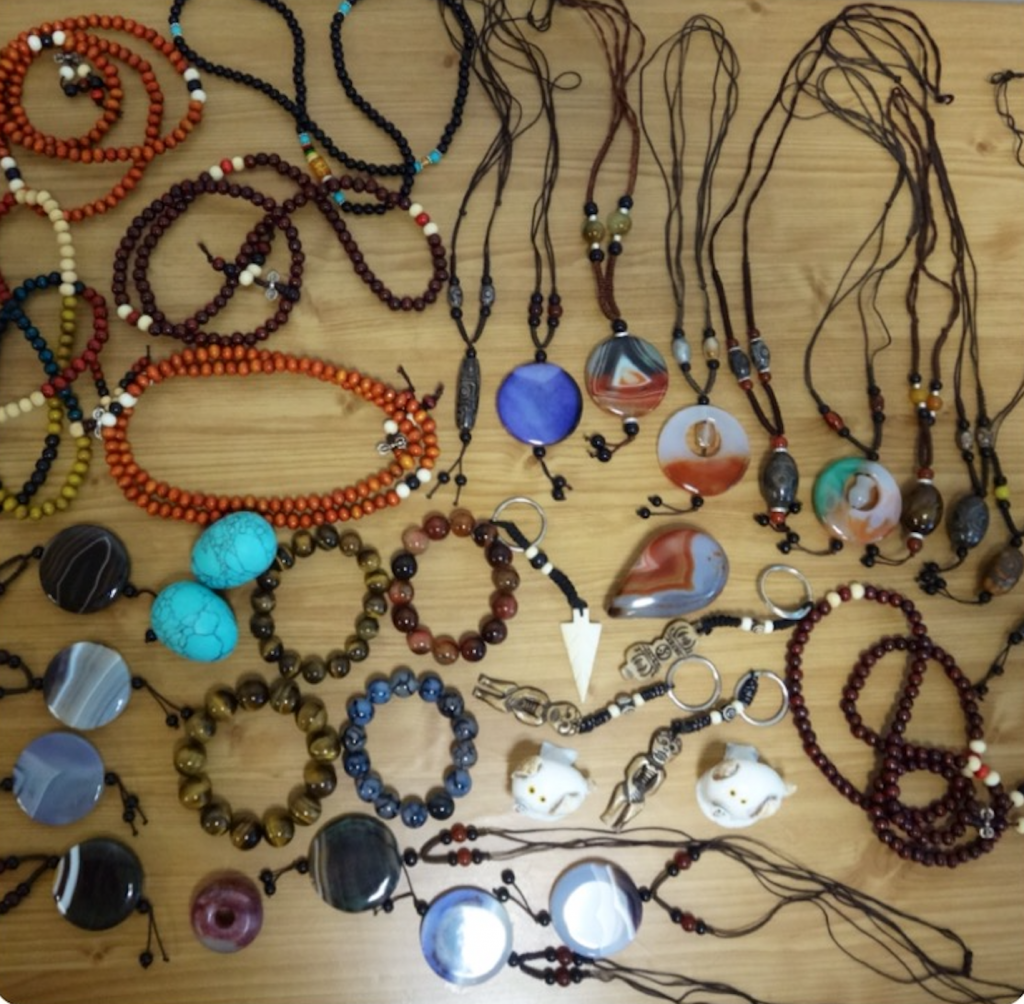
When I look back upon my stay in Tibet, it was more of an educational experience than that of entertainment. I can see why there is so much historical lore from past visitors to the region — and it is somewhat sad that I heard more about Tibet in the news as a child growing up in the 90’s than I do today.
Back then, there was a kernel of hope in a Free Tibet whereas today that dream is quashed. Regardless, cultural rites endure. That’s one thing I learned about humanity. We endure.
And it is in our traditions that keep our culture breathing, living, and as the most enduring element to who we once were — and who we still are.